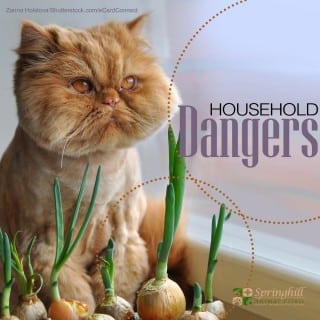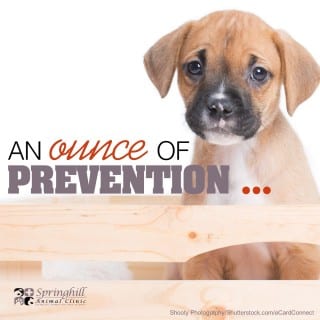Equine gastric ulcer syndrome (EGUS) affects as many as 1 in 3 horses and up to 50 percent of foals. Performance and racing horses are more likely to experience EGUS–up to 63 percent of performance horses and 93 percent of racehorses–than are leisure horses (up to 37 percent), but EGUS can occur in any horse.
Over time, horses have evolved to be grazers and intake continuous feed such as forage. As such, their stomachs constantly produce acid. Without continuous feed to buffer the stomach from the acid, ulcers can develop.
Risk factors for EGUS are not fully determined, and some horses develop ulcers even with no risk factors. However, risks that are more commonly encountered include prolonged periods without food, illness, physical stress such as transport and stable confinement, exercise and training. Even non-intensive training can lead to a higher prevalence of ulcers than found in sedentary horses, but this isn’t to suggest your horse become a couch potato!
Signs of EGUS are not definitive and many of the symptoms mirror those of other equine ailments. Horses afflicted with EGUS may exhibit poor appetite, poor condition or a dull coat, weight loss, behavioral changes, poor performance and mild or recurrent colic. Foals may display intermittent nursing and/or colic, diarrhea, grinding of teeth, excess salivation and they may lie down frequently. EGUS is a more serious concern in foals since their stomach walls are not yet fully developed and can be perforated more easily than those of adult horses. The only definitive way to diagnose EGUS is through gastric endoscopy, which is the insertion of a tube with a small camera into your horse’s stomach to view the condition of the lining and visually verify the presence of ulcers. We do sedate your horse in order to perform this test, but it is a relatively simple, quick and painless procedure.
Treating gastric ulcers requires elimination of clinical signs and balancing the stomach so the ulcers are able to heal. However, you can reduce the potential for your horse to experience the discomfort of gastric ulcers by feeding more frequent, small meals; allowing free access to grass or hay and cutting down use of high carbohydrate diets.



